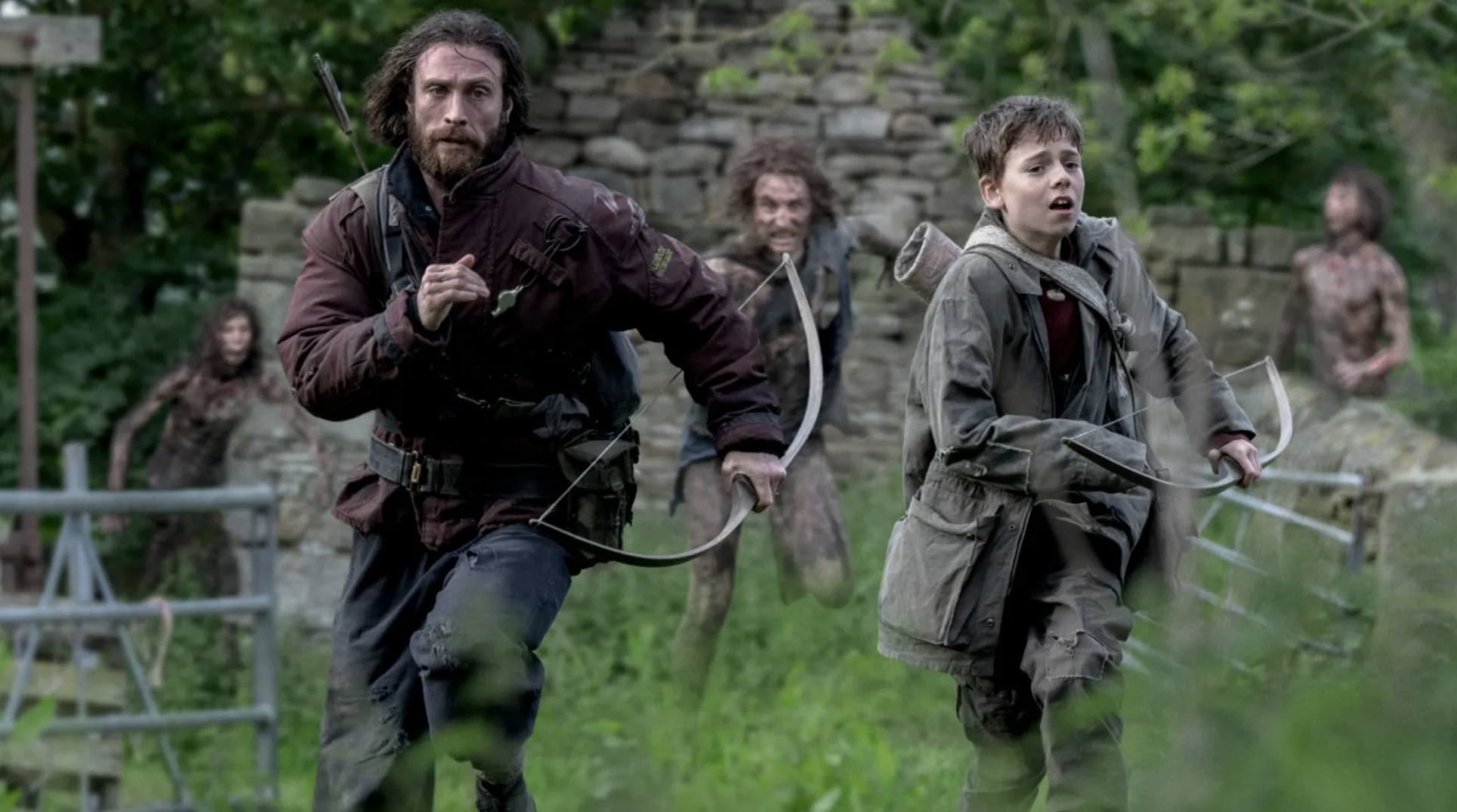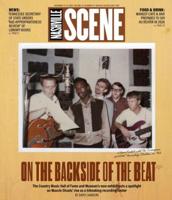Contrary to popular opinion, when director Danny Boyle and screenwriter Alex Garland first collaborated more than 20 years ago on the iconic Cillian Murphy-starring 28 Days Later, zombies of the non-lumbering variety were already a thing on the big screen. (1980s low-brow classics Nightmare City and Return of the Living Dead say hello.) But the zombies of 28 Days Later were unprecedented in their rage (virus)-fueled relentlessness.
The past 20-plus years of zombie movies — including 2007’s underrated 28 Days sequel 28 Weeks Later, which was led by director Juan Carlos Fresnadillo and a new crew of screenwriters — have drawn just as much inspiration from Boyle and Garland’s work as they have from the king of zombie cinema himself, George Romero. That’s why the long-awaited sequel, 28 Years Later, which saw the reunification of Boyle and Garland, has been so anticipated by horror enthusiasts.
Sony won a hotly contested bidding war for the project — with the caveat that 28 Years Later would act as the first of a new trilogy of Garland-penned movies. 28 Years Later filmed back-to-back with its sequel, 28 Years Later: The Bone Temple, which was directed by Nia DaCosta and is set for release in January. The third entry in the new trilogy, yet to be filmed or titled, is currently expected for late 2026.
I wish they had just focused on making this film first.
28 Years Later is not without its merits, but it feels like a tonally jumbled, disjointed mess. Your mileage may vary, but to me, this is a recurring theme in Garland’s recent work. I loved the icy simplicity of 2015’s Ex Machina and the grotesque, nightmare vision of 2018’s Annihilation, but 2022’s Men, 2024’s Civil War and now 28 Years Later have all fallen under the same umbrella: cool concept, interesting world-building, impressive craft, bewildering story.
Alex Garland’s near-future dystopian tale opens wide this week
In line with the rest of the franchise, 28 Years Later begins with a brutally terrifying cold open — one whose importance doesn’t become clear until the very last scene of the film. Most of the interesting parts of 28 Years Later seem to have been made with the sequel(s) in mind — chalk it up to the continued Marvel-ification of the movie industry.
28 Years Later centers on a 12-year-old boy named Spike (played with impressive gusto by Alfie Williams, who has just two previous credits on his filmography) and his parents, Jamie (a stoic asshole played by Aaron Taylor-Johnson) and Isla (a bizarrely written character played by an underutilized Jodie Comer). Spike is just about the most competent (and likable) preteen in horror movie history … until he’s making a series of baffling decisions in the film’s second half.
There are some worthwhile moments in the film’s inconsistent first half, especially a few gnarly action scenes that showcase Boyle and Garland’s genuinely impressive world-building, including a sort of backwards Brexit forced upon the British Isles. But most of 28 Years Later’s interesting storylines and characters pop up in a second half that is constantly bouncing around in its mission to set up the sequels. The always-welcome Ralph Fiennes appears as the maybe murderously insane, maybe not, Dr. Ian Kelson, while fourth-billed Jack O’Connell appears only in the film’s final moments as the leader of a blond-wig-wearing cult. A lot of the film’s funniest lines are delivered by up-and-coming Swedish actor Edvin Ryding, who plays a NATO patrol soldier named Erik who stumbles upon Spike during his travels.
I just wish Garland and Boyle could have combined each of these interesting threads into a more narratively cohesive, satisfying story — one that wasn’t so focused on setting up The Bone Temple and its unnamed sibling.
For fans of the first two films, 28 Years Later has some similarly chilling zombie scenes, some experimental filmmaking techniques from the ever-adventurous Boyle and, of course, a continuation of the underlying theme of any zombie movie worth its salt — that man is more dangerous than any human-devouring, undead creature.






